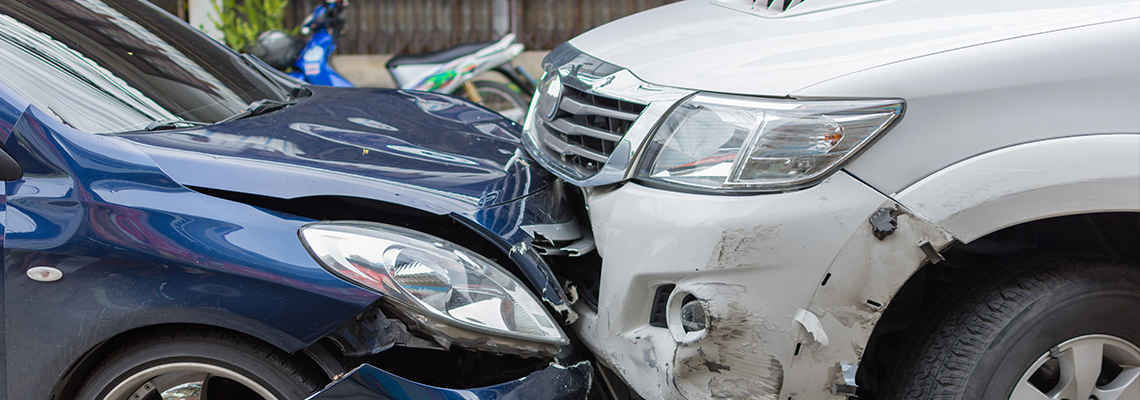
What If the Other Party Could Have Avoided the Accident?
Let’s face it—some accidents are unavoidable. If you regularly drive a car, you’re likely to get into some kind of fender bender at least once in your life. Unfortunately, some of these accidents could have been avoided if the other driver would have made a different decision or had been paying more attention. According to data put out by the Texas Department of Transportation, there were 433 people killed on state roadways in 2021 due to distracted driving.
If you’ve recently been injured in a car crash and are left asking, “Am I still liable if the other party could have avoided the accident?” call me, Jose Orihuela, Attorney at Law, to discuss your options. From my office in Webster, I’m able to represent clients in Houston, South Houston, Pasadena, and the rest of Texas.
Understanding Comparative Fault in Texas
Texas is an at-fault insurance state. This means that the driver who caused the accident is the one who’s responsible for paying damages associated with it. Therefore, after an accident, you would first file a claim with the other driver’s insurance provider to seek compensation. Texas also uses something called “comparative fault” in an accident which is used to determine what percentage of blame should be assigned to each party. Like most states that follow this model, Texas observes a modified comparative negligence rule which says that fault can be shared by up to 50%—but if you’re found to be over 50% responsible, then you’re barred from seeking any damages. To increase your chances of getting the compensation you deserve and minimize the risk being left empty-handed, you should always work with an experienced personal injury attorney.
What is the “Last Clear Chance” Doctrine?
It’s also important to understand the last clear chance doctrine and how it relates to liability in car accidents. This doctrine essentially means that the person who had the final opportunity to avoid a collision but did not do so may be held liable for the accident. For example, let’s say one driver accidentally runs a red light and enters the intersection when they shouldn’t. Another driver ended up hitting the car but had ample time to brake and avoid the collision and did not do so.
What Must Be Proven in the “Last Clear Chance” Rule?
You typically have to prove three things to employ the last chance rule. First, that you were in immediate danger and there was no way for you to remove yourself from it. Second, that the other driver was also aware of the danger. And third, that the other driver could have reasonably avoided the accident. The burden of proving this is on the plaintiff. It’s highly recommended that you work with a competent car accident attorney when trying to use the last chance rule in your case.
How Does it Affect Liability in an Accident in Texas?
The last chance doctrine is often used to calculate the percentage of negligence in a personal injury case. This can be used to your advantage because even if the accident started out as your fault (for instance, in the example above, you were the one who ran the red light), you may still be able to receive some damages from the other driver if you can successfully prove they could have reasonably avoided the accident but did not because they were being inattentive.
Reliable & Experienced Representation
If you’re in the Houston, Texas area including Webster, South Houston, or Pasadena, reach out to me today. I’m also able to help those in Clear Lake, Friendswood, League City, Alvin, Dickinson, Bacliff, Kemah, Seabrook, and Santa Fe. Let Jose Orihuela, Attorney at Law, handle your legal needs.
